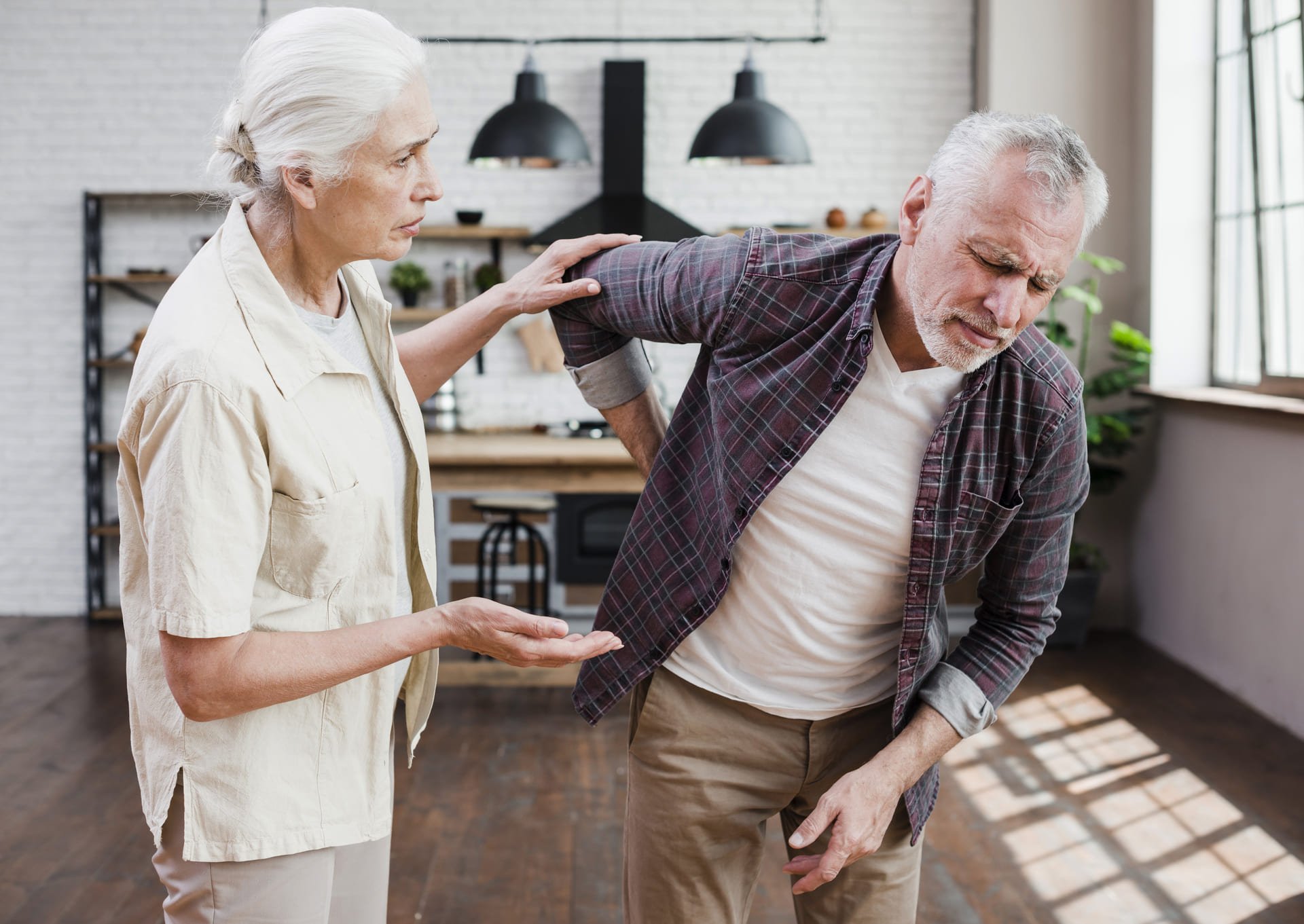
Cervical Spondylosis (Arthritis of the Neck)
Neck pain can be caused by many things but is most often related to getting older. Like the rest of the body, the discs and joints in the neck (cervical spine) slowly degenerate as we age. Cervical spondylosis, commonly called arthritis of the neck, is the medical term for these age-related, wear-and-tear changes that occur over time. Cervical spondylosis is extremely common. More than 85 percent of people over the age of 60 are affected. The condition most often causes pain and stiffness the neck-although many people with cervical spondylosis experience no noticeable symptoms. In most cases, cervical spondylosis responds well to conservative treatment that includes medication and physical therapy. One of the ways to keep it at bay is to take care of your diet early on so that this degeneration can be delayed. Starting with all-natural nutritional supplements which can take care of the wear snd tear of muscles and tissues before it starts vexing is a prudent way to deal with it.
Anatomy Your spine is made up of 24 bones, called vertebrae, that are stacked on top of one another. These bones connect to create a canal that protects the spinal cord. The seven small vertebrae that begin at the base of the skull and form the neck comprise the cervical spine.
Other parts of your spine include the Spinal cord and nerves. These “electrical” cables travel through the spinal canal carrying messages between your brain and muscles. Nerve roots branch out from the spinal cord through openings in the vertebrae (foramen).
Intervertebral disks. In between your vertebrae are flexible intervertebral disks. They act as shock absorbers when you walk or run. Intervertebral disks are flat and round and about a half-inch thick. They are made up of two components: * Annulus fibrosus. This is the tough, flexible outer ring of the disk. * Nucleus pulposus. This is the soft, jelly-like center of the disk.
Cause Cervical spondylosis arises from degenerative changes that occur in the spine as we age. These changes are normal and they occur in everyone. In fact, nearly half of all people middle-aged and older have worn disks that do not cause painful symptoms. Disk Degeneration and Bone Spurs As the disks in the spine age, they lose height and begin to bulge. They also lose water content, begin to dry out, and weaken. This problem causes settling, or collapse, of the disk spaces and loss of disk space height. Eventually, the cushioning qualities of the disks begin to decrease. As the facet joints experience increased pressure, they also begin to degenerate and develop arthritis, similar to what may occur in the hip or knee joint. The smooth,
slippery articular cartilage that covers and protects the joints wears away. If the cartilage wears away completely, it can result in bone rubbing on bone. To make up for the lost cartilage, your body may respond by growing new bone in your facet joints to help support the vertebrae. Over time, this bone overgrowth – called bone spurs – may narrow the space for the nerves and spinal cord to pass through (stenosis). Bone spurs may also lead to decreased range of motion in the spine.
Risk Factors Age is the most common risk factor for cervical spondylosis. The condition is extremely common in patients who are middle-aged and older. Other factors that may increase your risk for developing cervical spondylosis and neck pain include: * Genetics-a family history of neck pain and spondylosis * Smoking-clearly linked to increased neck pain * Occupation-jobs with lots of repetitive neck motion and overhead work * Depression or anxiety * Previous injury or trauma to the neck
References :
1. https://orthoinfo.aaos.org/en/diseases–conditions/ cervical-spondylosis-arthritis-of-the-neck/
2. https://www.mayoclinic.org/diseases-conditions/ cervical-spondylosis/symptoms-causes/syc-2037078


